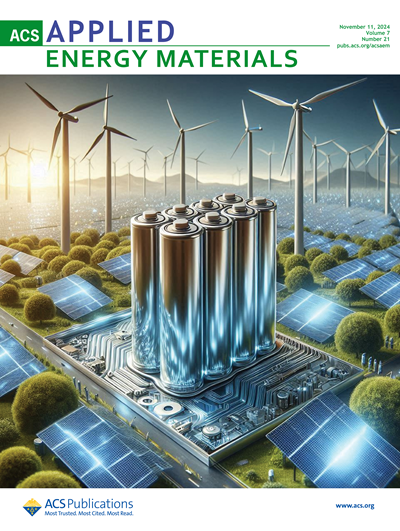对转基因陆生动物、鱼类、藻类和微生物的潜在环境应用进行地平线扫描,包括使用新的基因组技术
IF 5.4
3区 材料科学
Q2 CHEMISTRY, PHYSICAL
引用次数: 0
摘要
随着科学的进步和新基因组技术(NGTs)的发展,为各种目的而改造的生物范围正在迅速扩大,其中包括广泛的分类群体。政策制定者、监管机构和风险评估人员尤其希望更好地了解哪些新开发的产品可能在不久的将来或更远的将来进入市场并释放到环境中。为了满足这一信息需求,我们对以下四类生物的潜在环境应用进行了前景扫描(HS):陆生动物(不包括昆虫和基因驱动应用)、鱼类、藻类和微生物。我们采用了正式的范围审查方法,包括对科学文献进行结构化检索,然后进行资格筛选,并辅以灰色文献、监管网站和数据库调查。在所有四类生物中,我们发现了处于基础研究和高级研究阶段的广泛的潜在应用,以及数量有限的已投放市场或准备投放市场的应用。对包括鱼类在内的转基因动物的研究主要集中在养殖动物上,主要目标是提高性能、影响繁殖或增强抗病能力的性状。协调系统中发现的转基因藻类都是单细胞的,其中一半以上的文章涉及生物燃料的生产。转基因藻类在环境中的应用包括生物控制和生物修复,这也是转基因微生物的主要应用。从风险评估者的角度来看,这些潜在的应用会带来多种可能的危害途径。目前有限的经验水平和有限的可用科学信息量可能在不久的将来构成重大挑战,风险评估员和主管当局迫切需要为此做好准备。本文章由计算机程序翻译,如有差异,请以英文原文为准。
Horizon scanning of potential environmental applications of terrestrial animals, fish, algae and microorganisms produced by genetic modification, including the use of new genomic techniques
With scientific progress and the development of new genomic techniques (NGTs), the spectrum of organisms modified for various purposes is rapidly expanding and includes a wide range of taxonomic groups. An improved understanding of which newly developed products may be introduced into the market and released into the environment in the near and more distant future is of particular interest for policymakers, regulatory authorities, and risk assessors. To address this information need, we conducted a horizon scanning (HS) of potential environmental applications in four groups of organisms: terrestrial animals (excluding insects and applications with gene drives), fish, algae and microorganisms. We applied a formal scoping review methodology comprising a structured search of the scientific literature followed by eligibility screening, complemented by a survey of grey literature, and regulatory websites and databases. In all four groups of organisms we identified a broad range of potential applications in stages of basic as well as advanced research, and a limited number of applications which are on, or ready to be placed on, the market. Research on GM animals including fish is focused on farmed animals and primarily targets traits which increase performance, influence reproduction, or convey resistance against diseases. GM algae identified in the HS were all unicellular, with more than half of the articles concerning biofuel production. GM algae applications for use in the environment include biocontrol and bioremediation, which are also the main applications identified for GM microorganisms. From a risk assessor’s perspective these potential applications entail a multitude of possible pathways to harm. The current limited level of experience and limited amount of available scientific information could constitute a significant challenge in the near future, for which risk assessors and competent authorities urgently need to prepare.
求助全文
通过发布文献求助,成功后即可免费获取论文全文。
去求助
来源期刊

ACS Applied Energy Materials
Materials Science-Materials Chemistry
CiteScore
10.30
自引率
6.20%
发文量
1368
期刊介绍:
ACS Applied Energy Materials is an interdisciplinary journal publishing original research covering all aspects of materials, engineering, chemistry, physics and biology relevant to energy conversion and storage. The journal is devoted to reports of new and original experimental and theoretical research of an applied nature that integrate knowledge in the areas of materials, engineering, physics, bioscience, and chemistry into important energy applications.
 求助内容:
求助内容: 应助结果提醒方式:
应助结果提醒方式:


